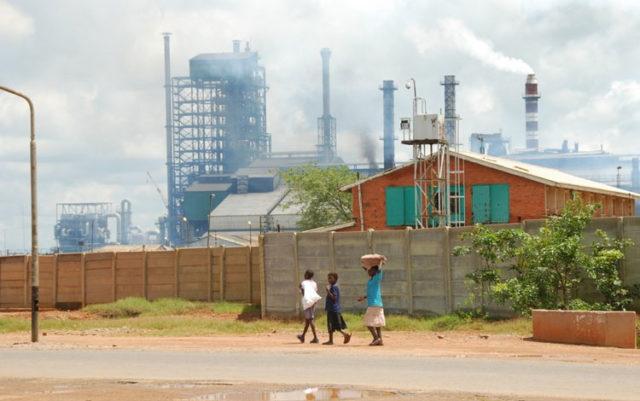
As Zambia’s huge copper deposits—a key component in clean energy electric vehicles and batteries—make the country richer and richer, its people are poised to become poorer and poorer as their new millionaire president cuts deals with foreign corporations
The Zambian election on August 12th registered barely a blip in the U.S. media despite its considerable global implications.
Zambia is one of the world’s leading producers of copper, which according to a recent Goldman Sachs report, Copper is the New Oil, is crucial in the transition to a clean energy economy. It is a key electrical conductor and component for solar and wind power plants, electric vehicles and batteries, and energy-efficient buildings.
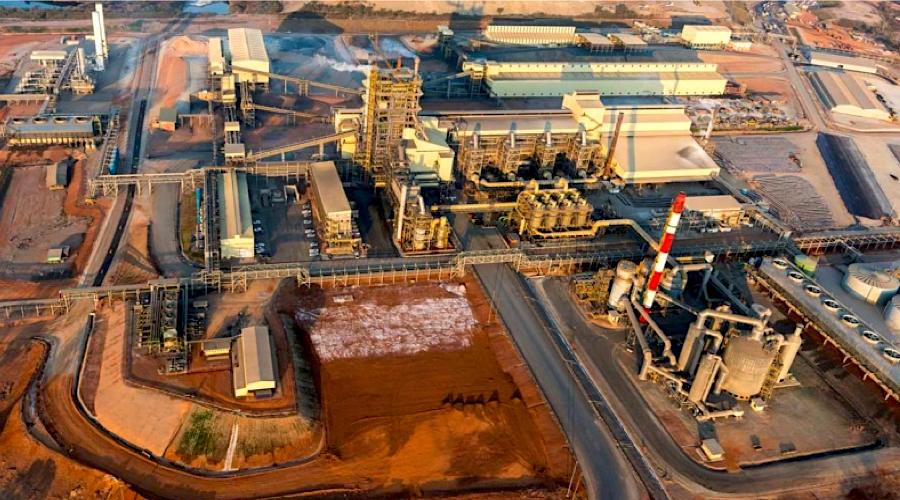
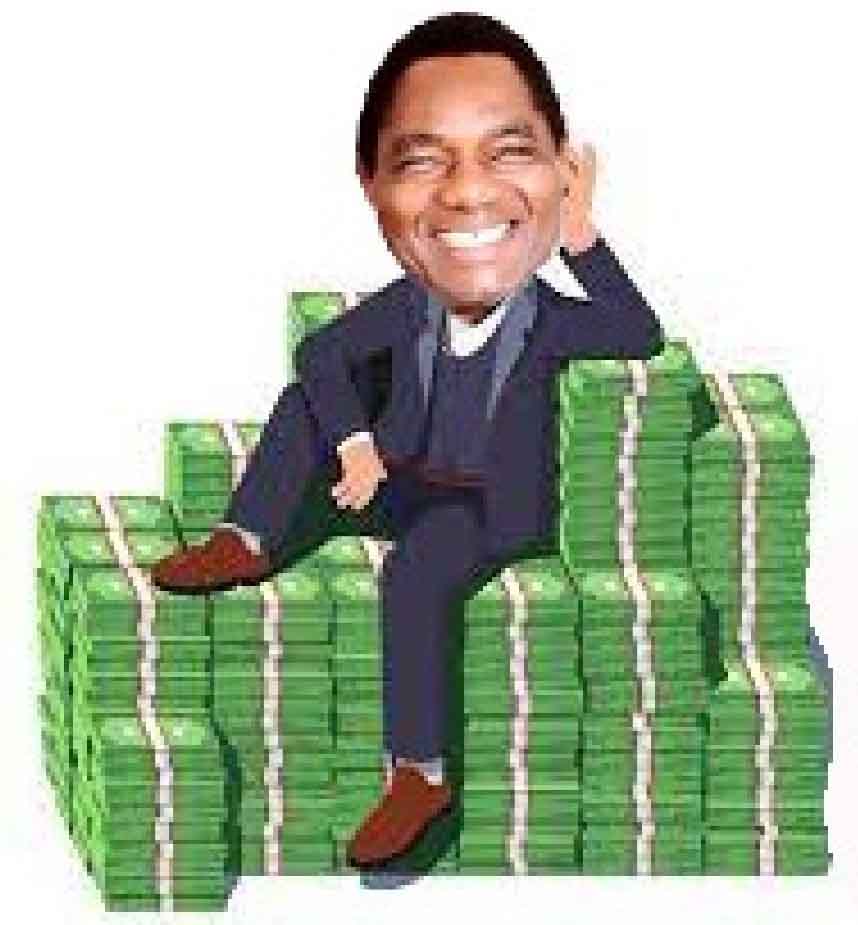
The victor in Zambia’s election, Hakainde Hichilema (HH)—a millionaire cattle rancher heading the United Party for National Development (UPND)—has pledged to boost domestic refining capabilities and loosen regulations and lower taxes on foreign mining companies operating in Zambia to enable a $2 billion expansion of copper production.
These policies have the mining companies and their Wall Street investors salivating—with the price of copper predicted to rise to $11,000 per ton in London by April 2022, before reaching $15,000 per ton by 2025.
Zambians, however, will remain impoverished if the mining companies are not properly taxed and allowed to continuously exploit domestic laborers and destroy the environment.
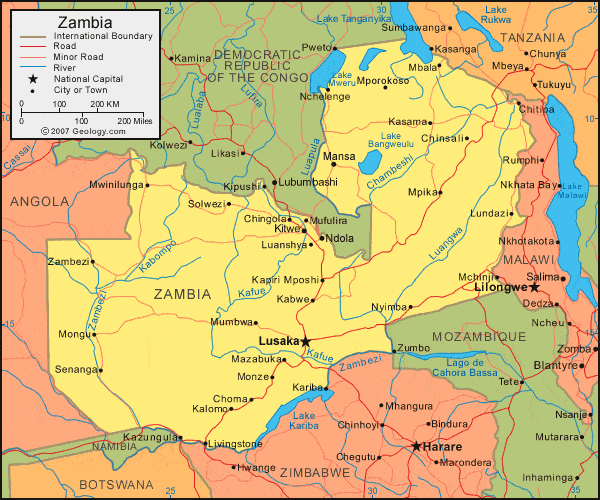
In 2011, after the Lusaka High Court ordered London-based Vedanta Resources and one of its subsidiaries to pay $1.4 million to residents in Chingola because sulphuric acid and other chemicals spilled into the Kafue River, the judge stated that Zambians “should not be dehumanised by greed and crude capitalism which put profit above human life.”
Unfortunately, this is exactly what has transpired. Despite its mineral wealth, Zambia stands as the fifth hungriest nation in the world after the Central African Republic, Chad, Madagascar and Yemen.
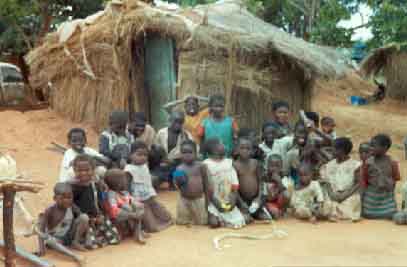
PF Rule
In the August 12th election, HH defeated Edgar Lungu of the Patriotic Front (PF)—Zambia’s President from 2015—by over a million votes. The public had become disaffected with the PF’s perceived economic mismanagement.

In November 2020, Zambia defaulted on a $42.5 million payment towards a Eurobond. With the Kwacha losing half its value in the last four years, Zambia owes foreign lenders more than $12 billion and spends at least 30% of its revenue on interest payments, according to the credit ratings firm S&P Global.
The PF had swept into power in 2011 on the promise of “less taxes, more money in people’s pockets and more jobs.”

This promise has not been achieved, as the number of adults who cannot afford to have more than one meal a day has risen to 40% under Lungu’s rule and World Bank records show that nearly 60% of Zambia’s 18.8 million people earn below the international poverty line of $1.90 per day.
In its decade in power, the PF did adopt some progressive policies: It built thousands of miles of roads, airports, and rural health-care facilities—funded in part through Chinese loans—and improved the distribution of fertilizer to small-scale corn farmers, which resulted in record production this year.
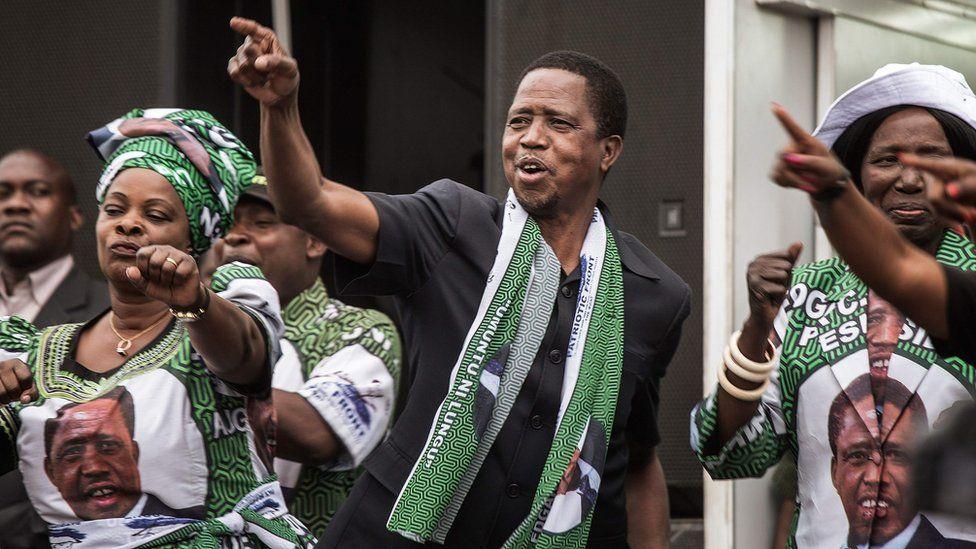
Starting with Michael Sata (2011-2014) and continuing under Lungu, the PF further made efforts to establish a new regulatory authority for the copper mining industry and to tax foreign multi-national corporations that own the mines—which account for 70% of the country’s exports.[1]
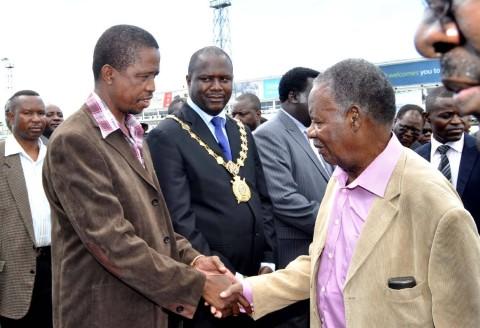
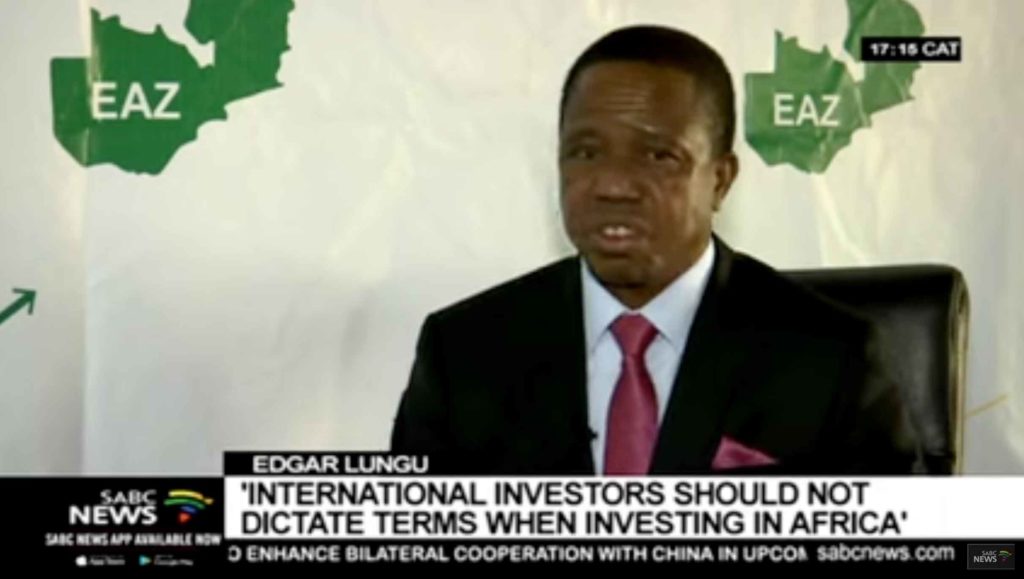
Though backtracking on this latter pledge, Lungu’s government bought back two of the country’s copper mines which were privatized in 2000 and were put under control of the old state-owned Zambia Consolidated Copper Mines (ZCCM).

No Ordinary Cattle Boy
HH has described himself as an ordinary “cattle boy,” who herded his family’s livestock in his youth before going on to become one of Zambia’s richest men.
After studying at the University of Zambia and obtaining an MBA at the University of Birmingham in England, he made his fortune in finance, property, ranching, health care, tourism and mineral exploitation.

In the early 1990s, HH helped President Frederick Chiluba (1991-2002) of the Movement for Multi-Party Democracy (MMD) undertake the privatization of Zambia’s mining sector as one of 120 Zambian economists who were hired to try to value the mines on behalf of the government.
HH was also tasked with selling the subsidiary assets of Zambia Consolidated Copper Mines (ZCCM)—the crown jewel in Zambia’s privatization program.
HH selected the lowest bid of $5 million by Sun International[2]—in which he was allowed to acquire a massive stake through his proxy, Chief Mukuni—in a blatantly corrupt deal that should have been investigated.
HH was later listed in leaked documents known as the Paradise Papers exposing politicians that used tax havens as the owner of AfNat Resources Ltd. which explored for nickel and other metals in Zambia.
Selling the Family Silver
In 1974, the socialist government of Kenneth Kaunda nationalized Zambia’s copper mines, which had been owned during the colonial period by a small number of British and American companies with interlocking directorates.
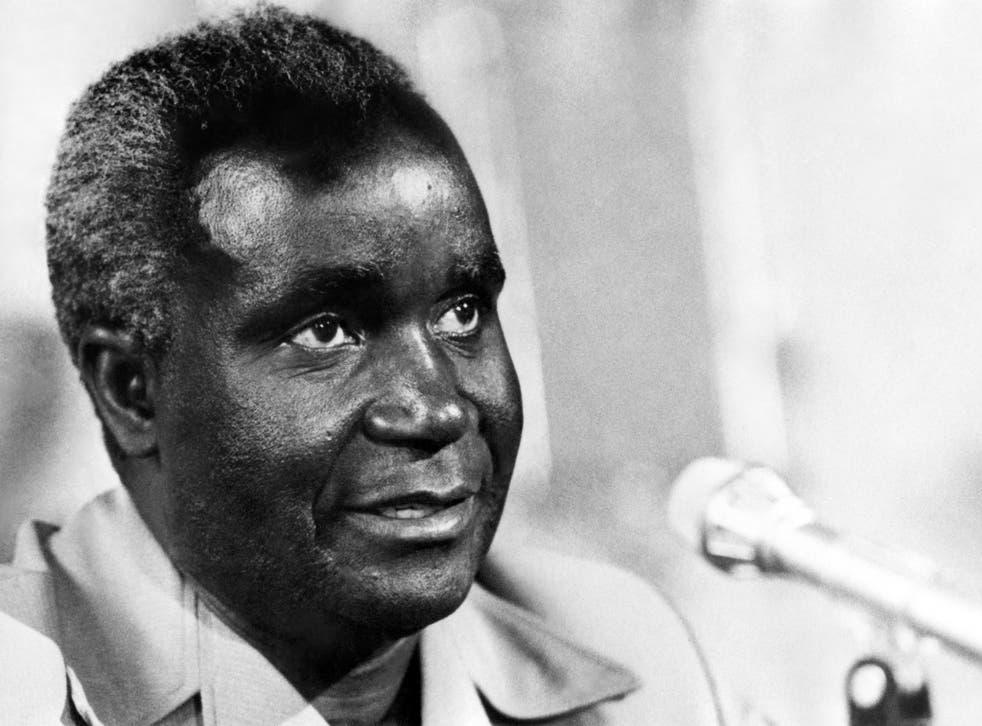
For a brief period, Zambia’s economy flourished, with its GDP catching up to that of Portugal. Copper revenues financed schools, hospitals and infrastructure.
Following the oil crisis of 1973, copper prices crashed and remained low for decades afterwards. When the American Federal Reserve raised interest rates to attract capital in the early 1980s and Europe followed, Zambia’s interest repayment rate tripled overnight. Kaunda was forced to turn for money to the International Monetary Fund (IMF) which demanded privatization.
In 1991, Kaunda was replaced by Frederick Chiluba, a poster-boy of African corruption, who was found guilty of stealing $46 million from the state treasury to meet personal expenses—including purchase of a lavish home, platform shoes with his initials carved in brass and silk pajamas.
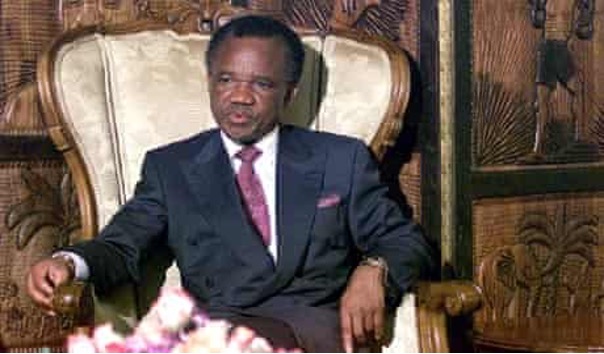
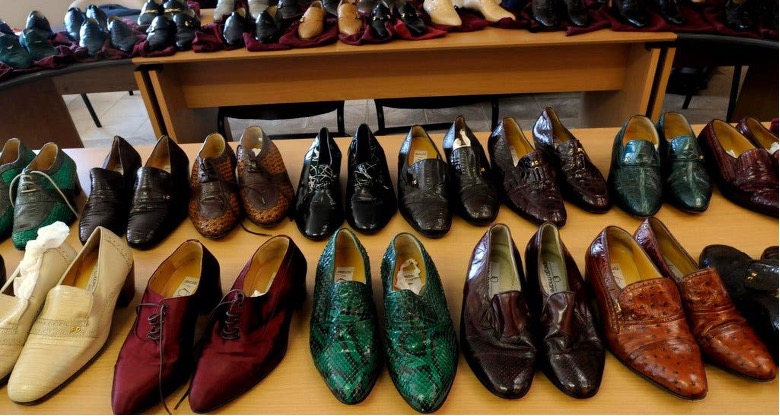
As early as 1981, the CIA had envisioned Chiluba—then Chairman of the Zambian Congress of Trade Unions—as an alternative to Kaunda whom the Agency had plotted against.[3]
Under Chiluba’s administration, Zambia’s command economy was dismantled, with all exchange controls, tariff barriers and food subsidies dropped.
The Clinton administration strongly supported these efforts. Chiluba’s privatization agency employed five Wall Street investment bankers with their salaries paid by the United States Agency for International Development (USAID).
The World Bank hailed Zambia as having “the most successful privatization program,” though most Copperbelt residents would disagree with this.
Corruption tainted many of the deals and mines were asset-stripped after being sold. Employment plummeted, social services were defunded and the environment was despoiled with weak environmental laws.

65-year-old Leo Mulenga, a Copperbelt resident said in 2015: “we used to grow cabbages, potatoes, tomatoes and bananas but now, there’s no future here—only poverty and suffering for everyone because this land is damaged and spoiled.”
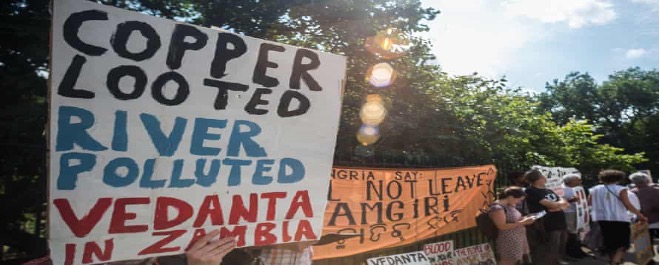

British Prime Minister Harold Macmillan once likened the privatization process to “selling the family silver”—which accurately reflects the Zambian experience.
The buyers—including Phoenix-based Phelps Dodge, Noranda of Canada, the Commonwealth Development Corporation of Britain and Anglovaal of South Africa—formed a consortium that was accused of trying to grab Zambia’s greatest asset at a fire-sale price.
Under the terms of the deal that was struck, the foreign multinationals had to pay only a paltry 0.6% royalty tax, below the continental average of 3%.
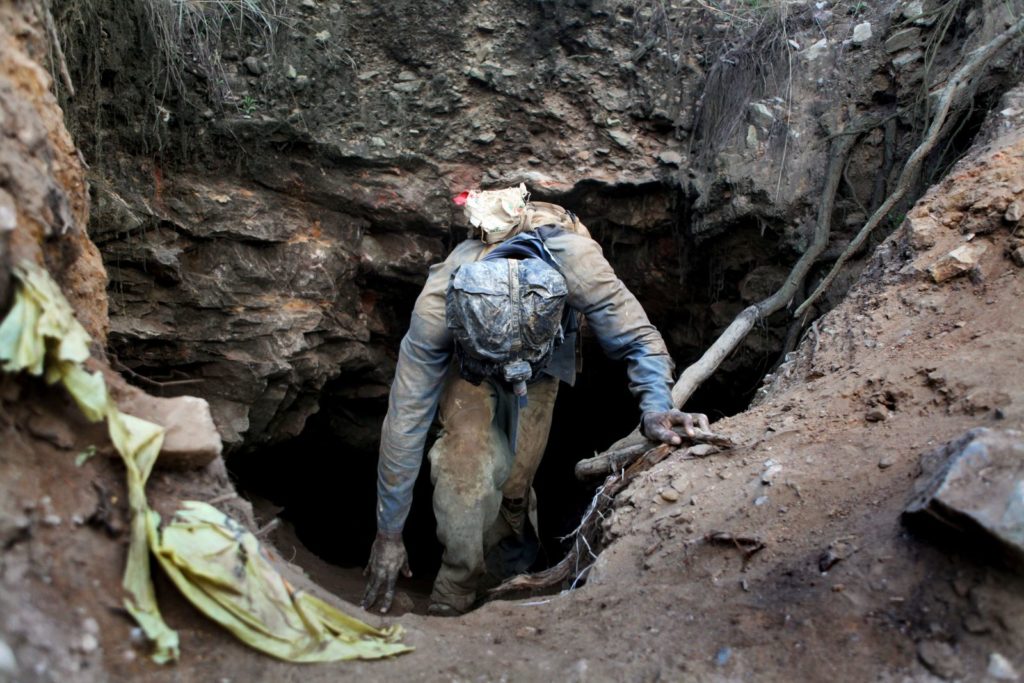
The lucrative Mopani copper mine was taken over by the Swiss-based Glencore Corporation, whose founder Marc Rich, a commodities trader who helped break the embargo on oil to apartheid South Africa, was sentenced to 325 years in U.S. prison for corruption and tax evasion.
This was before his pardon from President Bill Clinton after Rich donated part of his illicit fortune to the Democratic Party.
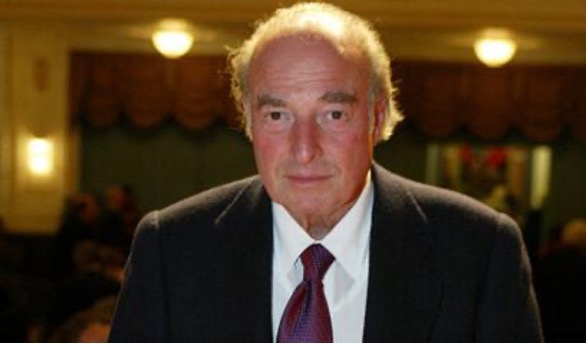
Glencore had a history of unethical business practices—and was found in a 2011 audit to have underreported the amount of cobalt it had extracted from the Mopani mine.
It pioneered an acid-based extraction method, which emitted sulfur dioxide into the air that caused respiratory disease and poisoned the local water system.
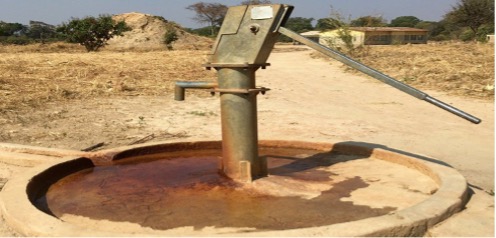
Another winner in the Zambian privatization was Barrick Gold, a Canadian mining company with a horrible human rights and environmental record, that appointed former President George H.W. Bush and Bill Clinton’s top adviser, Vernon Jordan, to its board.

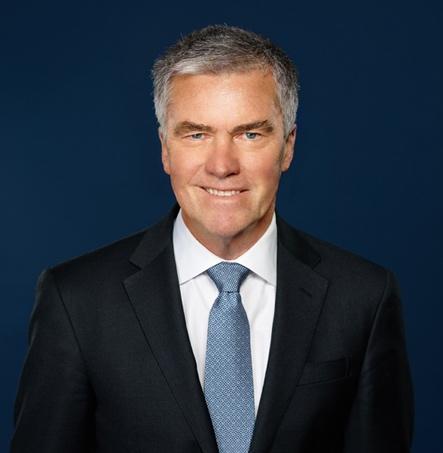
Yet another winner was First Quantum Minerals of Vancouver Canada, whose director Clive Newall was accused of stealing $520 million dollars through a fraudulent tax dodging scheme.
First Quantum’s major shareholders included J.P. Morgan Chase & Co. L.A. based Capital Group, and Blackrock Inc, one of the world’s largest asset management firms which also owned shares in Glencore and Vedanta Resources.[4]
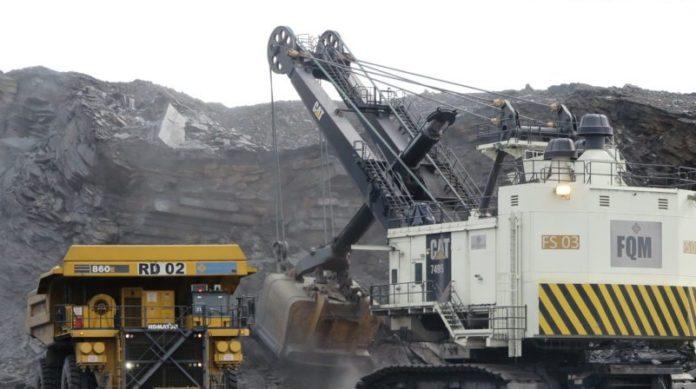
The company appointed its first Zambian mine manager only after twenty-four years in Zambia in 2020 and included only one Zambian on its Board of Directors.
According to a South African watchdog group, the contrast between schools for poor communities—which First Quantum helped finance—and the private school for expatriate employees was reminiscent of the apartheid education system in South Africa.
Socialists in Zambia
Dr. Fred M’membe, a newspaper publisher and leader of Zambia’s Socialist Party, received 16,379 votes, or 0.35% of the total, in the recent Zambian election.
The Socialist Party had developed a progressive manifesto that pledged to “reverse Zambia’s slide into privatization and de-industrialization”—which damaged social life.
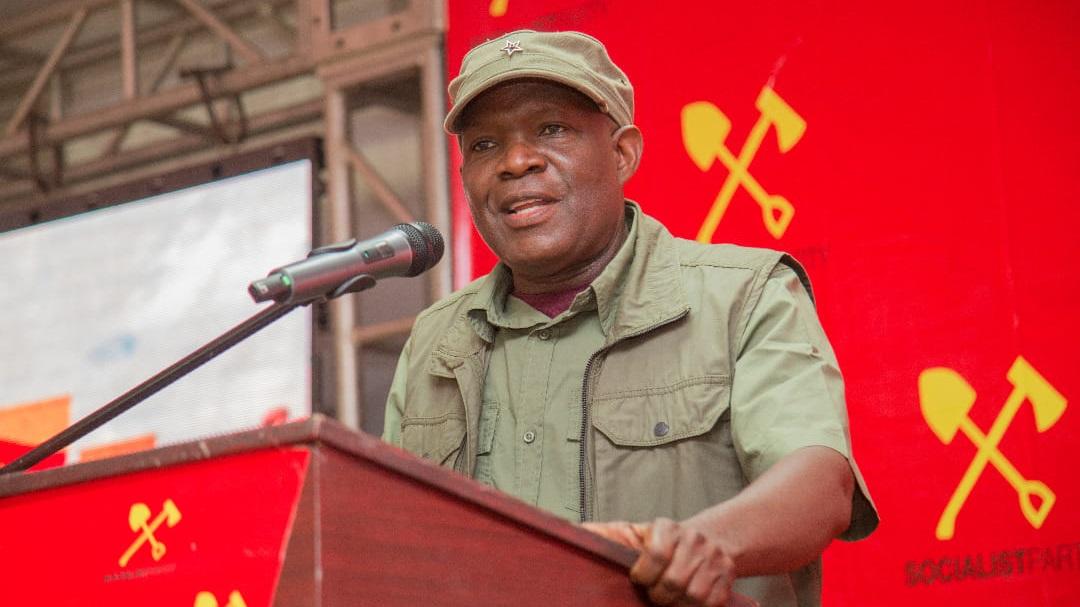
M’membe told author Vijay Prashad that the neoliberal policies adopted since the political demise of Kenneth Kaunda have created an “enormous time bomb in the country”—with rampant unemployment, squalor, disease, ignorance, hopelessness and despair.
M’membe and his party reject trickle-down economics, and want to raise taxes on foreign mining companies and use the revenues to provide better social services, including education and health care.

Kaunda had established free education, free health services, and agricultural subsidies and cooperatives, and sided with progressive elements in the Non-Aligned Movement and Organization of African Unity (OAU).
Kaunda was a close friend of Julius Nyerere, Samora Machel, Kwame Nkrumah, Gamal Abdel Nasser, Martin Luther King, Jr., and Fidel Castro, each of whom offered hope to oppressed peoples.
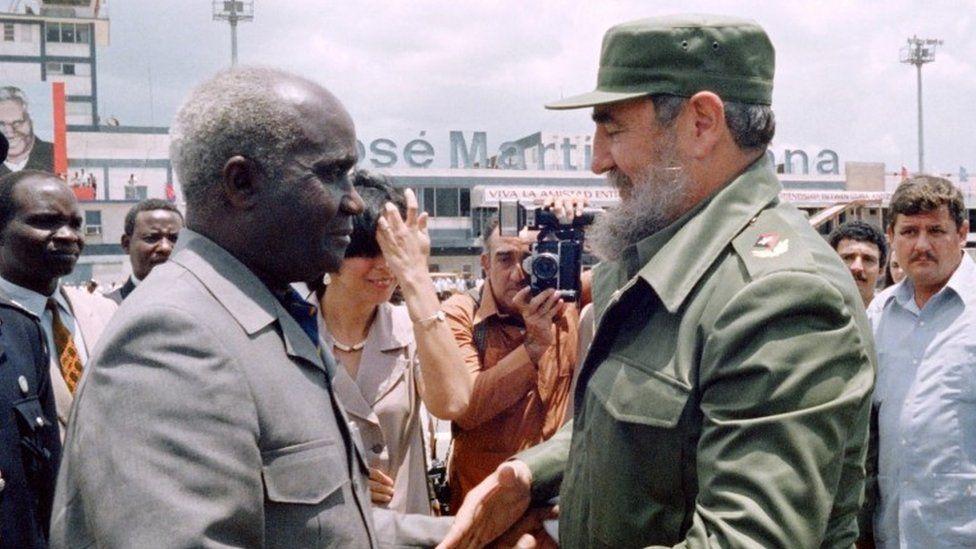
The Anti-Kaunda
HH is in many ways the anti-Kaunda.
On the campaign trail, he promised that he would implement pro-business laws to encourage investment and remove “red tape” in the mining sector.
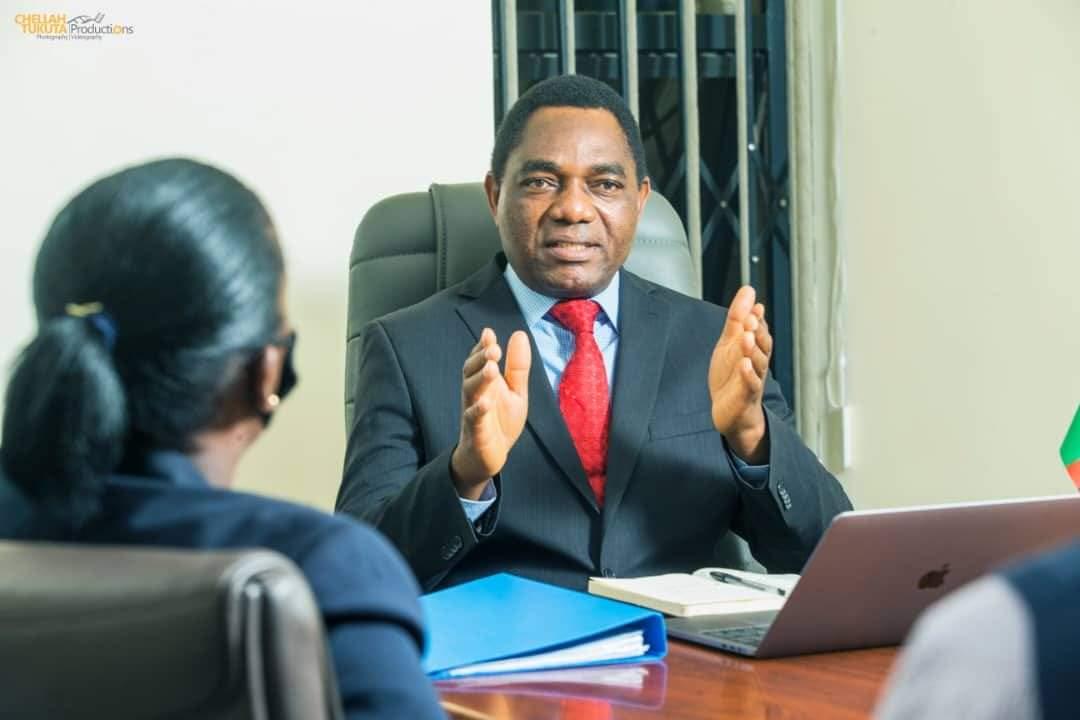
HH has also indicated his support for a $1.3 billion IMF bailout that is contingent on cutting vital fuel and farming subsidies.
When he ran for president in 2015, HH had promised to bring back to Zambia the Anglo-American Corporation to replace Konkola Copper Mines (KCM) Inc.

Not by happenstance, HH’s career has long been supported by the Brenthurst Foundation—funded by the billionaire Oppenheimer family in South Africa—which has holdings in the De Beers and Anglo-American mining conglomerates.
Prior to the 2016 election, the Brenthurst Foundation flew HH to the Oppenheimer’s luxurious Tswalu game reserve for meetings in which a plot was hatched to install HH as president by bringing him into a coalition with the former president Rupiah Banda and head of the MMD, Nevers Mumba.
The Oppenheimers’ saw the PF as “anti-business” and wanted a leader that would be willing to reduce taxes and tariffs to allow the mining companies to extract greater wealth from Zambia.
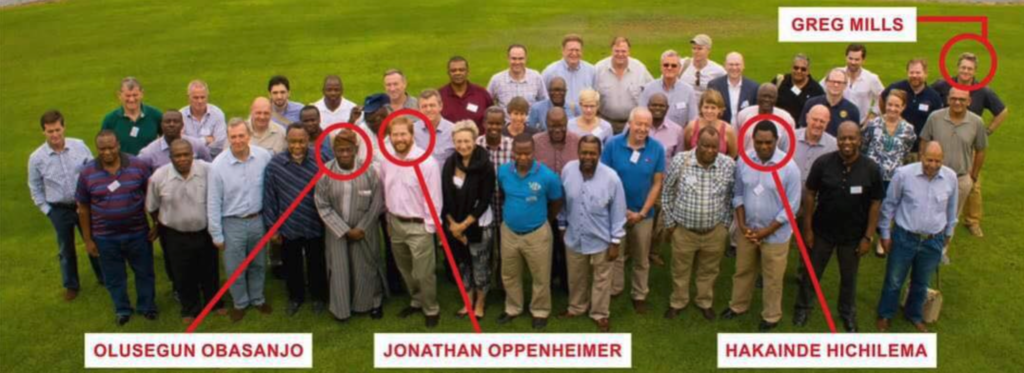
Media Bias
That HH had powerful benefactors was evident in the favorable coverage he received in the international media, which ignored his past corruption and support for dubious privatization policies.
After the election, the BBC played up an incident in 2017 where HH was briefly detained for allegedly blocking the motorcade of Edgar Lungu, and characterized him as “an inspiration to other African opposition leaders.”
Lungu by contrast was referred to repeatedly as a “dictator” when he accepted the election results.
American Policy in Zambia
In 2020, the National Endowment for Democracy (NED)—an off-shoot of the CIA—spent $313,000 in Zambia to finance civil society groups that may have included some of HH’s supporters. In 2021, the NED provided $601,025 in grants, including to bloggers opposed to Lungu and the PF and supportive of HH.
Five days after the election, HH met with USAID Administrator Samantha Power, who said that the U.S. looked forward to partnering with the president-elect’s government.

On its website, USAID emphasizes its mission of promoting “enterprise-driven economic growth” and “trade and investment between the U.S. and Zambia through Prosper Africa,” and “supporting small- and medium-sized enterprises (SMEs) in the agribusiness sector” by “addressing key investment constraints: access to finance, limited business management skills and technology, and access to markets.”
David J. Young, the Chargé d’affaires at the U.S. embassy in Lusaka, specified the benefits of the African Growth and Opportunity Act (AGOA), signed by Bill Clinton in 2000, which lowered tariffs for African goods and provided incentives—such as loans for small- and medium-sized businesses and infrastructural projects—for nations that privatized industries and liberalized trade and investment rules.[5]
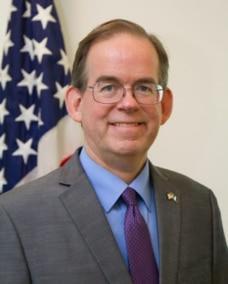
U.S. exports to Zambia include vehicles, machinery, rubber, and electrical machinery. Imports include copper, cobalt, precious stones (emeralds) and foodstuffs (coffee, tea, honey and spices).
Losing the Great Game
An unstated motive underlying generous U.S. aid programs to Zambia—surpassing $400 million per year—is the desire to undercut Chinese influence, and keep Zambia’s mineral wealth in the hands of American, and not Chinese, companies.
In this great game struggle, however, the U.S. is losing.
In 2018, the volume of China-Zambia bilateral trade reached $5 billion in U.S. dollars, with a year-on-year growth of 33.9%. As of December 2020, more than 600 Chinese companies operated in Zambia, the majority in the Copperbelt.
Zambia even boasts two Chinese-built special economic zones and allowed banking in the Chinese renminbi instead of the kwacha, dollar, or euro to facilitate trade with China.

In June 2020, Zambia was one of 53 countries that backed the Hong Kong national security law at the United Nations.
Zambia has been a significant recipient of China’s Belt and Road Initiative. China’s primary ambition in Zambia is its access to copper.
Trade between the two countries grew 25-fold between 2003 and 2009 and, during that same period, 98% of Chinese investment in Zambia targeted the mining and manufacturing sectors.
Another Wolf in Sheep’s Clothing
During the early Cold War, many Zambians admired China for its defiance of Western imperialism under Mao Zedong and for assisting Zambia in building the Tan-Zam railway from Zambia to Tanzania.
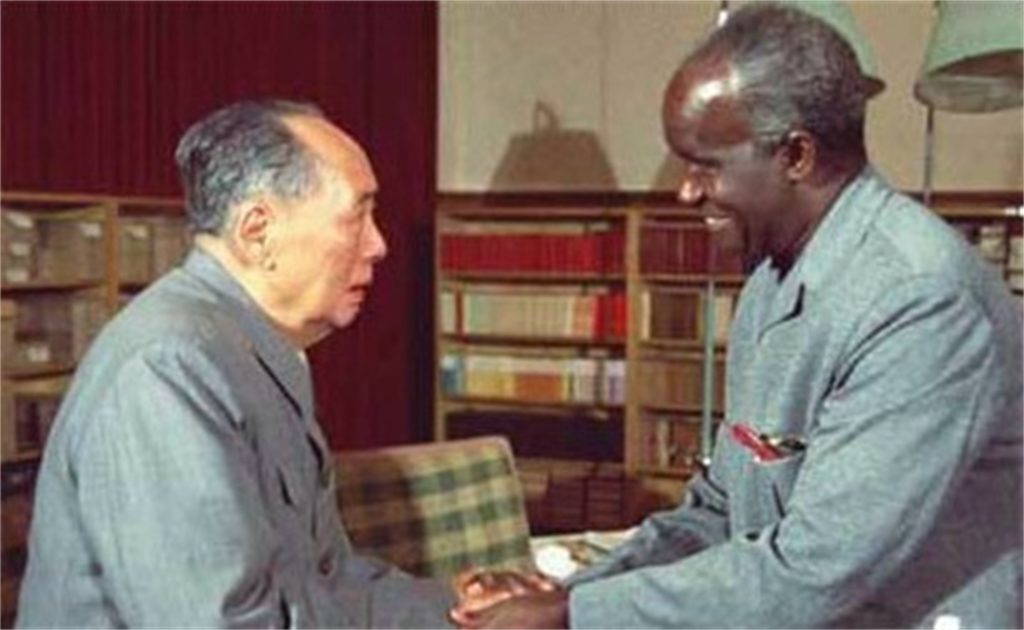

China’s influence in Zambia in the new millennium, however, has hardly been positive.
Since 2014, 19 infrastructure projects have been adopted in Zambia with loans from China that total more than $9 billion. Zambia’s debt to China is estimated to be between $3 billion and as high as $23 billion—which it will never be able to repay.
A number of the construction projects have been called “White Elephants” due to their expense and impracticality.
The Levy Mwanawasa Stadium in Ndola cost $65 million and has a maximum capacity of 40,000 people for football; however, it rarely attracts a crowd larger than 5,000.
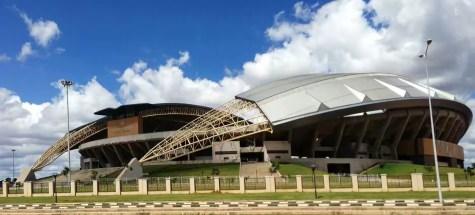
Another White Elephant project is the Chinese-built road that ran from the Zimbabwean border to the Copperbelt region of Zambia. The main artery for imports from South Africa, it washed away just 18 months after construction was completed.
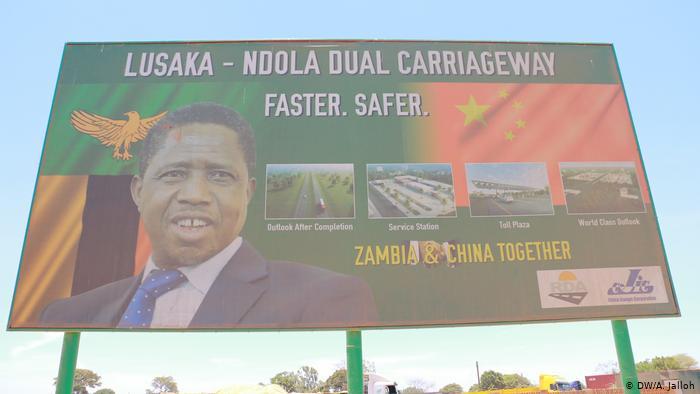
In September 2011, PF leader Michael Sata— who said that “the Chinaman is coming just to invade and exploit Africa”—was elected president on a platform of ending Chinese labor abuses.
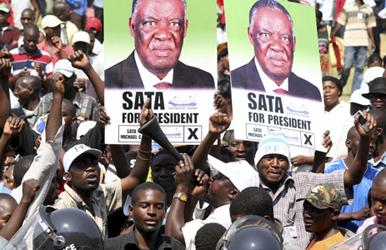
Human Rights Watch around this time released a report deploring the conduct of Chinese-owned mines in Zambia, highlighting their poor health and safety regulations, including regular 12-hour and even 18-hour shifts involving hard labor, and their preventing the formation of unions—in violation of Zambian law.[6]
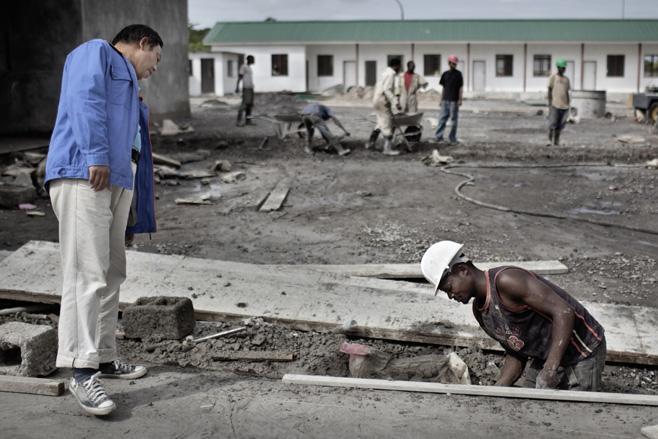
In 2005, 51 Zambian miners died in an accident at Chambishi, a copper mine owned by Chinese investors. The Collum Colleries mines, a Chinese-owned and operated enterprise 200 miles south of Lusaka, was also repeatedly shut down due to work-related deaths. In October, 2010 police charged two Chinese bosses there with attempted murder after they opened fire on striking miners.

Joe Mamba, a 27-year-old cobbler from Ndola, expressed popular sentiment when he told the London Telegraph that “wherever you go, the Chinese are there and they are putting Zambians out of business. I make shoes with genuine leather. The Chinese people make bad shoes very much cheaper, so people go to them and I have no business.”
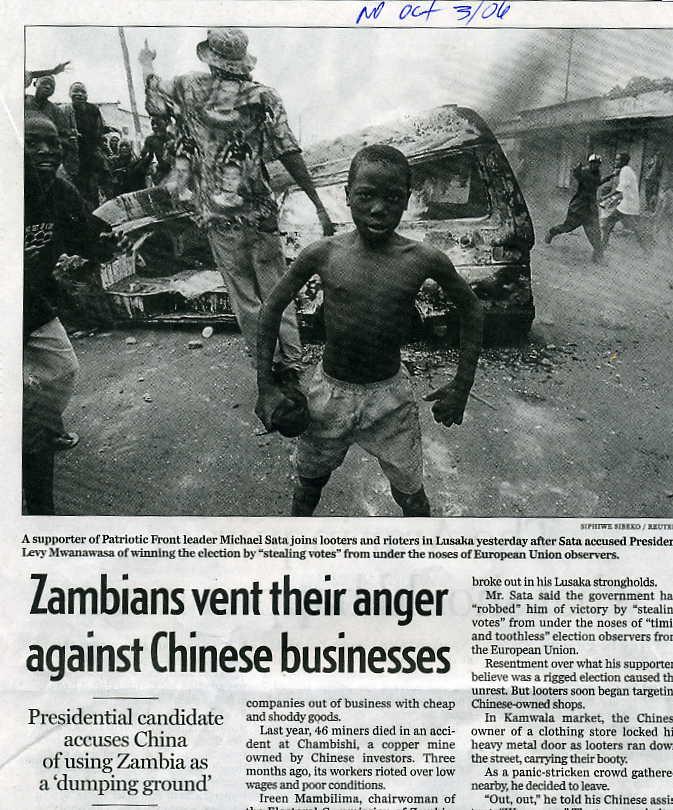
The Sun Never Sets
Whereas China’s primary interest is in extracting wealth from Zambia, the U.S. is interested in sustaining its military empire in Africa as part of its neocolonial strategy.
A Pentagon map last year showed a network of 29 U.S. military bases in Africa stretching from one side to the other.
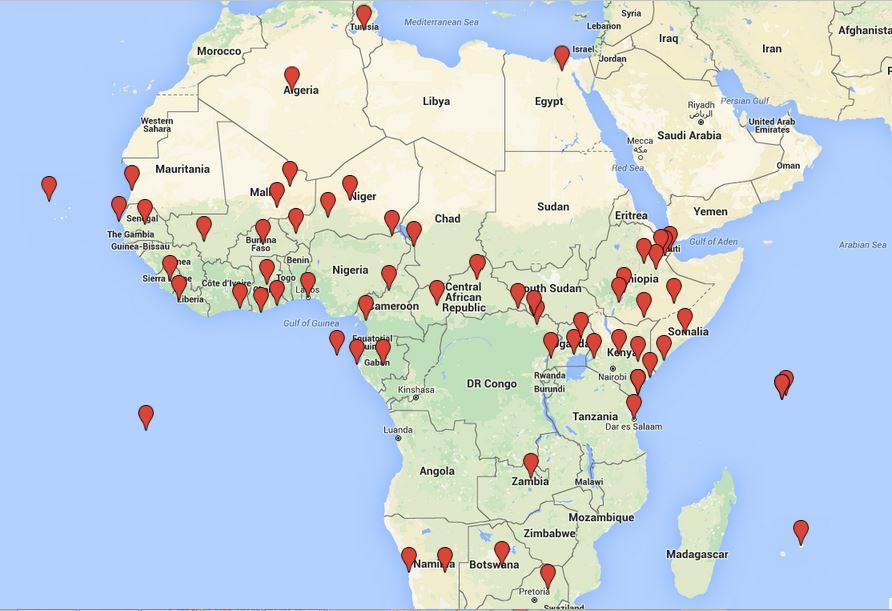
Zambia is one of the countries listed as having a military facility. Local rumor has it that it is a spy base that is used for surveillance into neighboring Tanzania and the mineral-rich Democratic Republic of Congo.
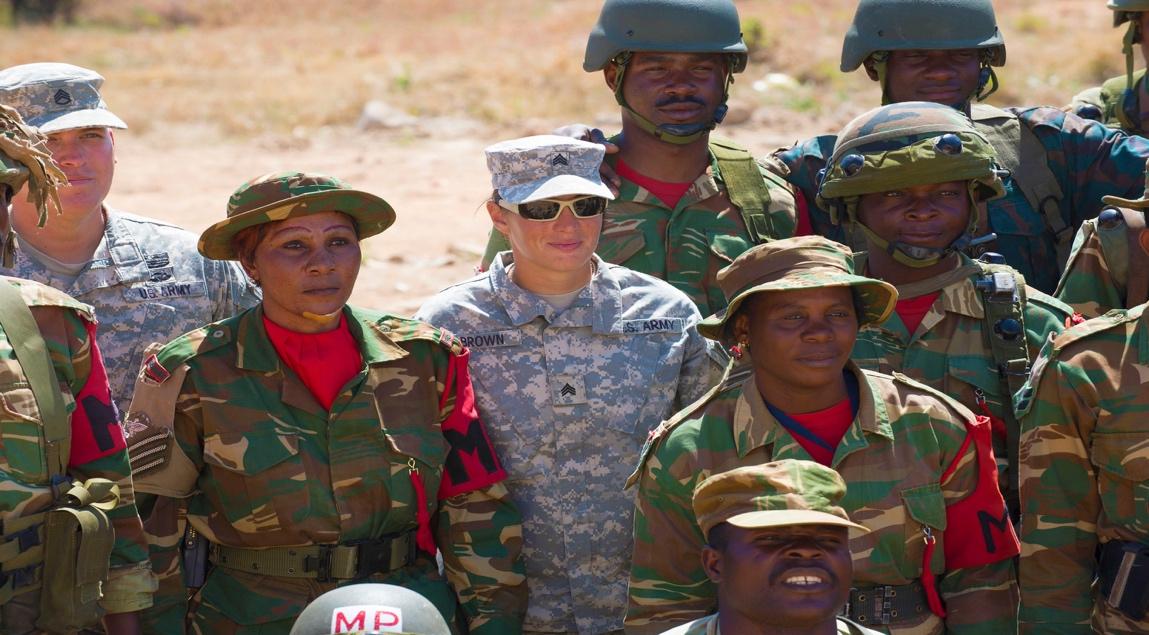
The U.S. military has also supplied protective equipment that includes ballistic vests, helmets, uniforms, boots, and other gear essential to Zambia’s deploying forces.
These forces may one day be used to suppress any revolutionary uprising or to assist the U.S. in military operations on the African continent.
Great Game Goes On—with High Stakes
HH has said that he wants to sustain close ties between Zambia and China and is also likely to further ally with the U.S. as part of his strategy of trying to court foreign investment.
The great game in Zambia as such will go on, with the Zambian people being the ultimate losers.
The stakes are especially high now because of Zambia’s importance to the clean energy revolution.
A lingering question is whether environmentalists and the left in the U.S. will condemn the new scramble for copper, as it did for oil, or whether the quest for net zero carbon emissions will cause them to overlook the people being victimized.

-
Lungu also created a state-owned gold company to undertake and oversee all gold-related investments, including exploration, mining, processing, refining, marketing, and trading. ↑
-
HH rejected bids of $20 million by Victoria Falls Travel Bureau, $10 million by Stocks and Stocks Ltd. and $9 million by Marona Holdings. ↑
-
“Zambia Expels 2 U.S. Diplomats,” The New York Times, June 23, 1981, https://www.nytimes.com/1981/06/23/world/zambia-expels-2-us-diplomats.html. Chiluba led wildcat strikes against the Kaunda government. Kaunda had feared a coup the moment he nationalized the copper mines. In February 1980, he announced that Zambian security forces had discovered a plot, allegedly backed by South Africa, to overthrow him. About 70 people were arrested, including prominent private businessmen. For a period, Kaunda cooperated with the CIA when he supported right-wing UNITA forces in the Angolan civil war. ↑
-
Blackrock, which controls $9 trillion and is also a leading investor in weapons, was founded by Larry Fink, who was a candidate for U.S. Treasury Secretary. According to Business Insider, the company has become an “increasingly influential Wall Street player in Washington D.C. as a poster child of the revolving door between finance and politics.” At least three former executives hold prominent roles in President Joe Biden’s Cabinet. Among them is Brian Deese, former BlackRock investment executive and senior adviser to Barack Obama who leads Biden’s National Economic Council. Another former BlackRock executive, MIchael Pyle, worked in the Obama administration and serves as Kamala Harris’ chief economic adviser. Tom Donilon, was hired by Blackrock after serving as a National Security Council adviser to Obama.
-
On AGOA, see Brian J. Hesse, “Celebrate or Hold Suspect? Bill Clinton and George W. Bush in Africa,” Journal of Contemporary African Studies, 23, 3 (September 2005), pp. 327-344. ↑
-
Some miners described working 365 days without a single day off in Chinese-owned mines. ↑
CovertAction Magazine is made possible by subscriptions, orders and donations from readers like you.
Blow the Whistle on U.S. Imperialism
Click the whistle and donate
When you donate to CovertAction Magazine, you are supporting investigative journalism. Your contributions go directly to supporting the development, production, editing, and dissemination of the Magazine.
CovertAction Magazine does not receive corporate or government sponsorship. Yet, we hold a steadfast commitment to providing compensation for writers, editorial and technical support. Your support helps facilitate this compensation as well as increase the caliber of this work.
Please make a donation by clicking on the donate logo above and enter the amount and your credit or debit card information.
CovertAction Institute, Inc. (CAI) is a 501(c)(3) non-profit organization and your gift is tax-deductible for federal income purposes. CAI’s tax-exempt ID number is 87-2461683.
We sincerely thank you for your support.
Disclaimer: The contents of this article are the sole responsibility of the author(s). CovertAction Institute, Inc. (CAI), including its Board of Directors (BD), Editorial Board (EB), Advisory Board (AB), staff, volunteers and its projects (including CovertAction Magazine) are not responsible for any inaccurate or incorrect statement in this article. This article also does not necessarily represent the views the BD, the EB, the AB, staff, volunteers, or any members of its projects.
Differing viewpoints: CAM publishes articles with differing viewpoints in an effort to nurture vibrant debate and thoughtful critical analysis. Feel free to comment on the articles in the comment section and/or send your letters to the Editors, which we will publish in the Letters column.
Copyrighted Material: This web site may contain copyrighted material the use of which has not always been specifically authorized by the copyright owner. As a not-for-profit charitable organization incorporated in the State of New York, we are making such material available in an effort to advance the understanding of humanity’s problems and hopefully to help find solutions for those problems. We believe this constitutes a ‘fair use’ of any such copyrighted material as provided for in section 107 of the US Copyright Law. You can read more about ‘fair use’ and US Copyright Law at the Legal Information Institute of Cornell Law School.
Republishing: CovertAction Magazine (CAM) grants permission to cross-post CAM articles on not-for-profit community internet sites as long as the source is acknowledged together with a hyperlink to the original CovertAction Magazine article. Also, kindly let us know at info@CovertActionMagazine.com. For publication of CAM articles in print or other forms including commercial internet sites, contact: info@CovertActionMagazine.com.
By using this site, you agree to these terms above.
About the Author

Jeremy Kuzmarov holds a Ph.D. in American history from Brandeis University and has taught at numerous colleges across the United States. He is regularly sought out as an expert on U.S. history and politics for radio and TV programs and co-hosts a radio show on New York Public Radio and on Progressive Radio News Network called “Uncontrolled Opposition.”
He is Managing Editor of CovertAction Magazine and is the author of six books on U.S. foreign policy, including Obama’s Unending Wars (Clarity Press, 2019), The Russians Are Coming, Again, with John Marciano (Monthly Review Press, 2018), Warmonger. How Clinton’s Malign Foreign Policy Launched the U.S. Trajectory From Bush II to Biden (Clarity Press, 2023); and with Dan Kovalik, Syria: Anatomy of Regime Change (Baraka Books, 2025).
Besides these books, Kuzmarov has published hundreds of articles and contributed to numerous edited volumes, including one in the prestigious Oxford History of Counterinsurgency .
He can be reached at jkuzmarov2@gmail.com and found on substack here.


[…] As CAM previously reported, Zambia is one of the world’s leading producers of copper, which according to a recent Goldman Sachs report, Copper is the New Oil, is crucial in the transition to a clean energy economy. […]
[…] As CAM previously reported, Zambia is one of the world’s leading producers of copper, which according to a recent Goldman Sachs report, Copper is the New Oil, is crucial in the transition to a clean energy economy. […]
Not precisely related, fencing anyone? https://circle.unlimitedhangout.com/c/unlimited-hangout-podcast/propaganda-in-the-covid-era-with-mark-crispin-miller
[…] Israel harms Iran fuel ship to Lebanon, Quds liberation war to begin’: QandilAug 12 Zambian Election Could Be Turning Point in Supercharging World’s Transition To Clean Energy…Extinction Rebellion Activists Protest in London (Video)Covid-19: Saudi Arabia banned Yemeni […]
The writer says that the average life expectancy in Zambia is 37. But according to other sources it is about 62 years.
According to the latest WHO data published in 2018 life expectancy in Zambia is: Male 60.2, female 64.4 and total life expectancy is 62.3 which gives Zambia a World Life Expectancy ranking of 160.